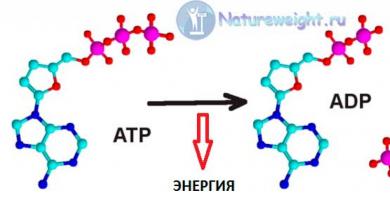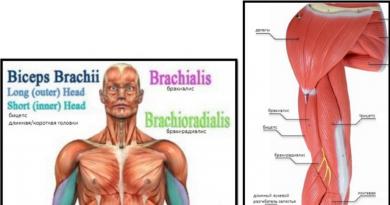Vegetable fat - what is it? What products contain it?
Vegetable fat is a phrase that causes different associations. It encourages someone to put the product back on the store shelf, causing a superstitious horror of harmful trans fats. And someone will prefer a more healthy cream - again because of vegetable fats. So what do they bring - benefit or harm? Vegetable fat - what is it in terms of chemistry, biology and medicine?
Of course, vegetable fats differ in those contained in plants. Most often they accumulate in seeds. Plants usually store nutrients for the development of a new organism. However, there are exceptions. extracted from the pulp of palm fruits, olive - from the pulp of olives.
What is the difference between the composition of vegetable fats and animal fats? Vegetable oils are more often dominated by those that melt at a lower temperature.
Classifications
Vegetable fats can be categorized according to several criteria. First, they can be liquid and are most commonly referred to as oils. There are solid vegetable fats such as palm oil and cocoa butter. Calling them oils is not entirely correct, just like butter, but it just so happened in the language.
There are also drying oils - walnut, linseed; semi-drying, for example sunflower; and non-drying, such as olive and cocoa butter.
Receipt and processing
We will not describe in detail the technologies for obtaining oil and all their possible options. There are two main methods of extracting oil - the pressing method and extraction. In the first case, the mass pre-treated with moisture and heat is squeezed out under a press. This method can be considered the cleanest and most environmentally friendly. By the way, the most expensive and healthy olive oil, which can be recognized by the inscription on the packaging of Virgin or Extra Virgin, is obtained by cold pressing. The raw material is heated no more than 27°C. Extra Virgin is distinguished by even stricter adherence to technology. The acid content in it should be no more than 1%, and some companies limit it to 0.8%.
But when pressed, a large amount of oil remains in the raw material. It is not profitable. Therefore, at the next stage - extraction - the oil is extracted using a special extraction gasoline. This is already disturbing. However, experts assure that if the technologies are followed exactly, the product does not cause harm. It is best not to buy the cheapest oil.
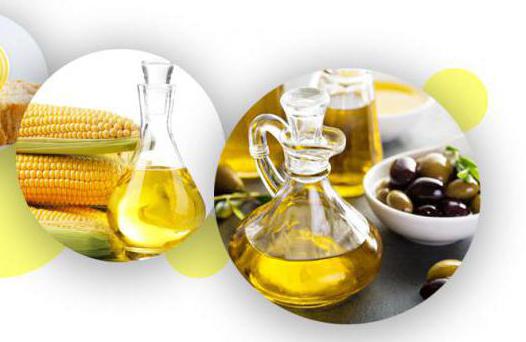
Benefit
Vegetable fats in foods are of great benefit due to their chemical composition. Fat is highly nutritious and replenishes energy reserves. Vegetable oils contain Omega-3 and Omega-6 amino acids. Everyone knows Omega-3 - this fatty acid is not produced by the human body, so it must be supplied with food. Its deficiency negatively affects the cardiovascular system. Therefore, it is not in vain that foods rich in this acid are called the food of centenarians. Omega-3 must be contained in the diet of pregnant women so that the development of the nervous system and the eyes of the fetus occurs correctly.
Vegetable oils contain vitamins A, D, E.
They contain phospholipids that regulate intracellular fat metabolism, are involved in creating the structure of brain and liver cells and removing excess cholesterol.
Sources of healthy vegetable fats
Healthy vegetable fats - what are these products? We can get them from numerous vegetable oils - sunflower, olive, linseed. Oil can be obtained from almost anything, such as pumpkin seeds. A large amount of healthy fats is found in plant seeds, nuts - they are also seeds, in corn, olives.
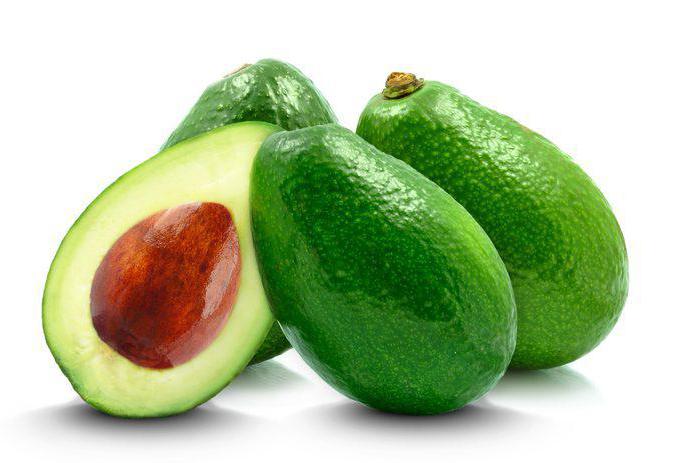
Avocado pulp contains useful monounsaturated fatty acids - Omega-9. They benefit the cardiovascular system and even promote weight loss. Therefore, eating avocados, you can not count calories.
We can get omega-3 fatty acid from a lot of vegetable oils: mustard, linseed, camelina, rapeseed. Also, to get more Omega-3, you need to lean on walnuts.

Harm
Of course, everything is good in moderation. Vegetable fats - what is it in terms of diet? They have a very high calorie content - an average of 850 kcal per 100 g! Therefore, they should be consumed in small quantities. A vegetable salad seasoned with a spoonful of olive oil is a healthy food, especially since fats help absorb fat-soluble vitamins. But french fries fried in a large amount of oil clearly do not benefit the body. And it's not just the calories. During heat treatment above 110 degrees, useful unsaturated fatty acids begin to decompose, and toxic aldehydes and ketones appear in their place. Their harm lies in the fact that they make the walls of blood vessels fragile, and this is a direct path to atherosclerosis, heart attacks, strokes - diseases that most often shorten our lives. So oil must be handled wisely - it can bring both irreplaceable benefits and harm.
Buyers are outraged more and more often: “What is this? Vegetable fats are put everywhere, even where they do not belong!” And so it happens. Often, manufacturers of dairy and other products, for the sake of cheapness, replace milk fats with vegetable fats. Cottage cheese and cheese using such components should be designated as a curd and cheese product. Milk fat substitutes are usually made from palm fat and if these oils are of good quality, they are not harmful. So replacing milk fat with vegetable fat will only result in a loss of taste.
In chocolate, too, cocoa butter is sometimes replaced with palm oil. Then it cannot be called chocolate - it is a confectionery bar. In this case, the beneficial properties of cocoa butter and, of course, taste are lost. Although, if you notice, cocoa butter is also vegetable fat. But more expensive and capricious in production.
Palm oil is often used in the food industry. It allows you to greatly reduce the cost of products. However, sometimes, due to economy, insufficiently refined palm oil is used, which is unsuitable for food, but intended only for technical purposes.
trans fats
Dangerous are trans fats - liquid vegetable oils that have become solid due to hydrogenation - saturation with hydrogen bubbles. Molecular acids are distorted. And this leads to the fact that they are embedded in cell membranes and displace useful fatty acids from them, blocking the work of enzymes. Violation of metabolic processes at the cellular level affects all body systems and provokes ailments: from obesity and depression to coronary heart disease and cancer.

A typical example of a trans fat is margarine. This is a cheap analogue of butter. It is stored much longer than both animal and vegetable fats. In general, a solid benefit to manufacturers. Only consumers from it one harm. Therefore, you need to avoid margarine and the products that it contains - pastries, chips and other things. And if you really want cookies or pies, it is better to bake them yourself using butter.
To eat or not to eat?
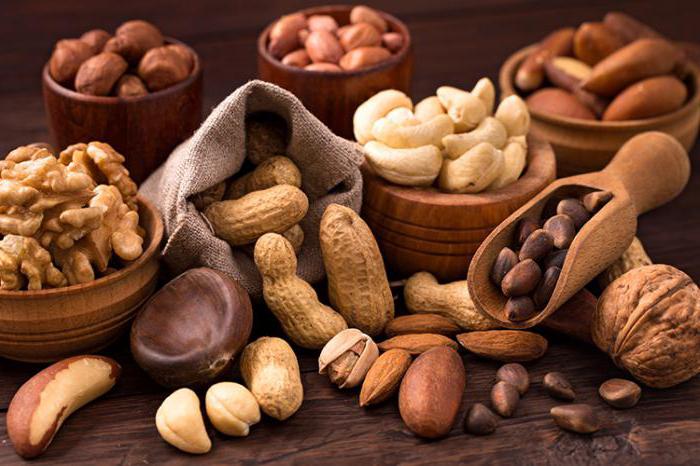
So is it worth eating them, which vegetable fats are better to include in your menu? As can be understood from the article, the main thing is to approach this issue consciously and, of course, to have a sense of proportion. We all know which foods are considered harmful. Even if it is difficult to eliminate them from the diet completely, it is worth using mayonnaise and ready-made pastries containing trans fats less often. And give preference to high-quality vegetable oils and nuts, but keep in mind that they are very high in calories, because oil is almost pure fat, and in nuts it is up to 60-70%.


